
Scientists have found a way of generating sodium-ion battery anodes with a 30-second, microwave-assisted heat treatment technology.

Stephanie studied at the Queen Mary University of London, achieving first-class honours for her BSc Biology degree. Stephanie went on to study the ageing genes in naked mole rats as part of her MSc in Zoology at Pretoria University, South Africa. Following academia, Stephanie became an editorial assistant for Springer Nature’s Genome Medicine and Genome Biology journals, a medical writer, and then settled on a career as a freelance science writer/journalist. She has since written blog posts, features, and news concerning power systems, sustainability, robotics and automation, the environment, and nature.
Stephanie led plant specimen collections as part of an expedition for the Oman Botanic Gardens, a development of the Diwan of Royal Court. She wrote about the expedition for the Anglo Omani Society newsletter and provided a presentation for the society, for which she was highly commended.
Stephanie is currently writing her second children’s book which follows the adventures of an Antarctic Weddell seal. Her hobbies include writing, gardening, exercising, and cooking. Stephanie believes that reading and writing are not the same without a cup of rooibos tea.

Scientists have found a way of generating sodium-ion battery anodes with a 30-second, microwave-assisted heat treatment technology.
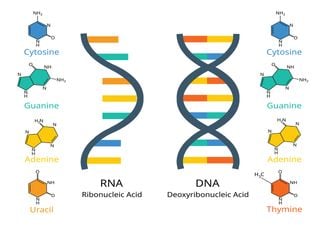
Scientists shed light on pathways impacted by TET2 mutations which may result in a ‘silver bullet’ treatment for killing cancer cells only.
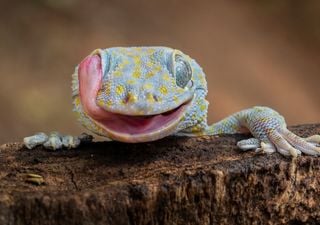
Researchers realise the function of a specialised organ in geckos, responsible for picking up low-frequency vibrations for auditory processing.

Emotions enhance memory recall, particularly contextual details, rather than hinder it, scientists say in a controversial study.
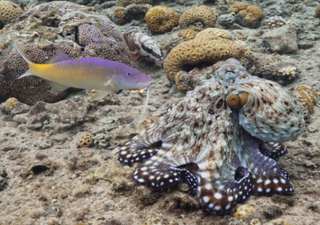
A marauding, steely-eyed octopus on the hunt with a fish gang in tow, scientists discover intriguing social behaviour.

Could following the Mediterranean diet help people fight against COVID-19 infection, and reduce symptoms, and disease severity?
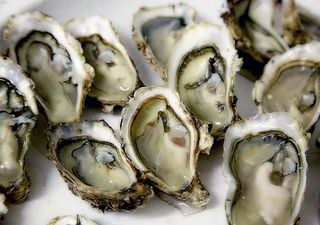
A new textile innovation combining crushed oyster shells with recycled plastic bottles promotes the use of sustainable, marine-inspired clothing.

The key to reducing tick population and mitigating tick-transmitted diseases in humans and animals lies in their nutrient-supplying bacterial guests.

What is the key to foundational infant learning and development? Research suggests it is all down to timing vocalised responses and it doesn't matter who or what interacts with them, even a remote-controlled car that talks!
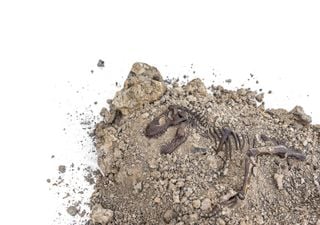
While not as big as T. rex, the middle-weight tyrannosaur unearthed in Southern China is the first deep-snouted variety to occur in this region.
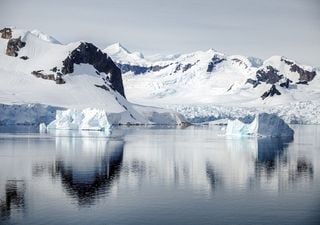
The Antarctic midge may be able to face icy cold winds, sub-zero temperatures, and water deprivation, but how will it hold up against climate change?

How is hybrid working helping improve worker health, well-being, and productivity? And what about the health of our planet? Read on to find out more.

Researchers have found a way of increasing levels of vitamin B6, an important nutrient that promotes neurological and immune system wellness.
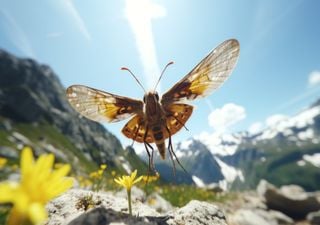
How many insects migrate through the Pyrenees each year? What species comprise these winged travelers and why are they important?
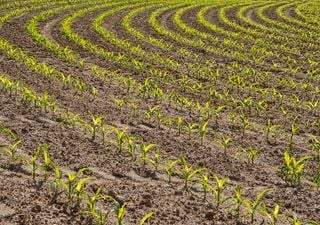
Scientists devise a solution for advancing non-destructive phenotyping of plants, opening up further research into agricultural crop development.
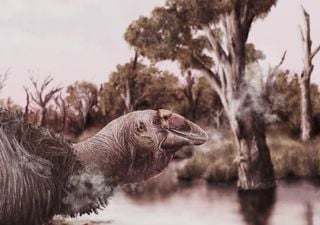
Researchers reclassify a group of extinct, large, flightless birds endemic to Australia based on recently unearthed fossilised skull remains.

Further archaeological evidence delineates the migration route taken by early humans to Australia, and it is likely that is was not through the island of Timor.

Researchers provide evidence for the settlement of hunter-gatherer communities in Cyprus substantially earlier than initially thought.
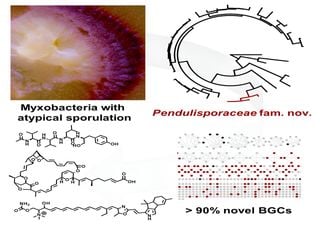
Scientists unveil a new myxobacteria family with strong potential for generating new pharmaceutical products.
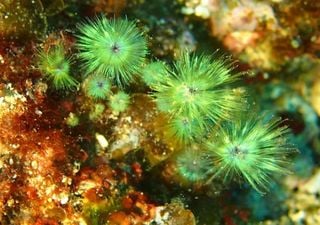
Scientists reveal the structural mechanics behind the peacock feather-coloured light show provided by a species of brown algae.